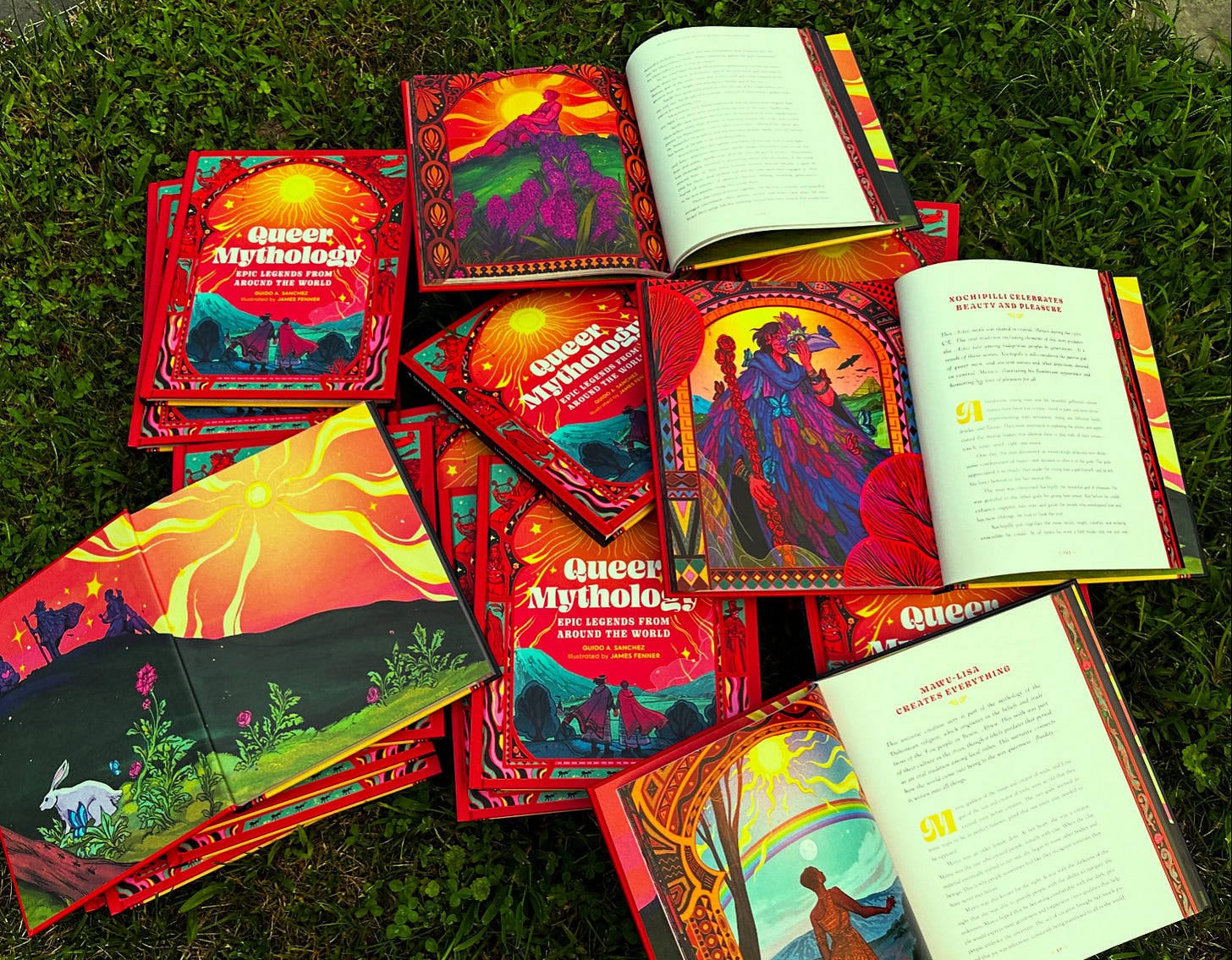I have always been captivated by material ephemera. Perhaps my fondness for comic books led me down this path. Comics, while valuable collectibles today, were once considered ephemeral. People read them, discarded them, or let them fall apart. Yet, I cherished mine for decades.
Ephemera can also include video and music, though in antique circles, it often refers to paper items like newspapers, magazines, letters, and promotional flyers. As my husband and I started collecting VHS tapes in our house, particularly those with television shows and movies taped off TV, I realized that these tapes are ephemeral too. They were not meant to be kept. We all taped over them, people discarded them, and some programs or commercials were lost to time. I also collect mixtapes—audio cassettes that allow me to travel back to the place where someone was, to uncover why they put certain songs together and how they recorded them off the radio or another source.
I remember reading once about why queer people might be drawn to antiques. The argument was about the connection to history and tangibility. As people who were not raised to see ourselves in history—or could not always see a future ahead with us as a central part of society—we, as individuals, were ephemeral. Because of that, we want to hold on to and recreate other times. We want things that place us in time, perhaps so that we can say, “Look, queer people were there, and are here.” Little did I realize, we were everywhere, I just had to look.
Much of my collecting is about finding queer stories, tracking down as much of “the substrate” I can. I even end up with newspapers and magazines I never imagined collecting, such as a men’s magazine with an article from the 1950s that starts to articulate how gay people congregate, albeit in a derisive fashion.
As José Esteban Muñoz eloquently put it: “Ephemera are the remains that are often embedded in queer acts, in both stories we tell one another and communicative physical gestures such as the cool look of a street cruise, a lingering handshake between recent acquaintances, or the mannish strut of a particularly confident woman.”
In that spirit, this week I want to share with you some ephemera, Village Voice style. The Village Voice is a historic, legendary New York City newspaper that no longer exists. It was free (most of the time) and local (most of the time, though there were national editions at times). I highly recommend Tricia Romano’s recent oral history on it The Freaks Came Out To Write. People did not save their issues, and yet it was a vibrant collection, documenting everything from Stonewall—where the only photos that night were taken by Fred McDarrah for the Voice—to the nightlife of the 1980s and 1990s, and queer activism in the 1990s and beyond. It is a snapshot of a time. The ads for movies or listings for music and events have often led us to discover things that we never heard of, which is amazing that this can still happen. The internet, vast as it is, simply cannot contain everything, particularly from pre-internet days.
So, enjoy this quick glimpse at some of my ephemera collection with these 1980s and 1990s Village Voice issues. I plan to share more ephemera in the future, so if there is a theme, era, or type you are interested in, as always, let me know. There is almost nothing I love more than pretending to be an archivist or librarian and digging through what I have or can track down.
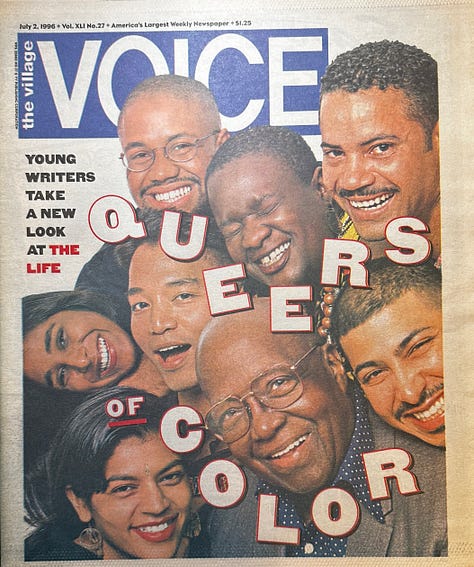
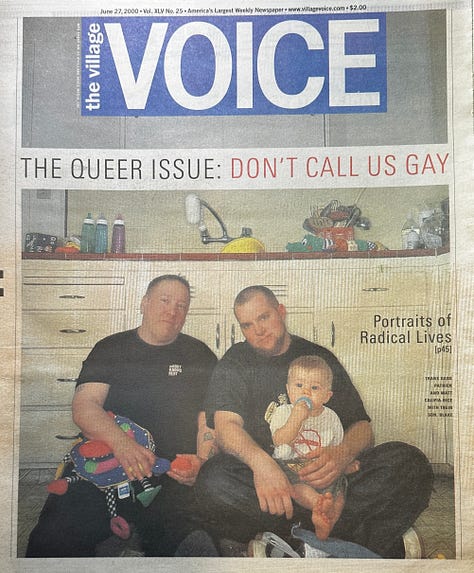
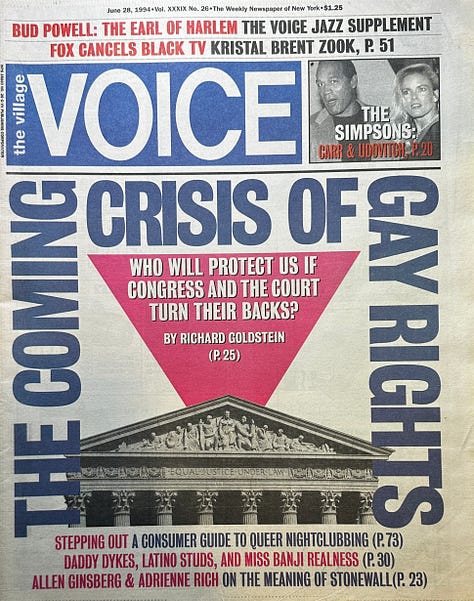
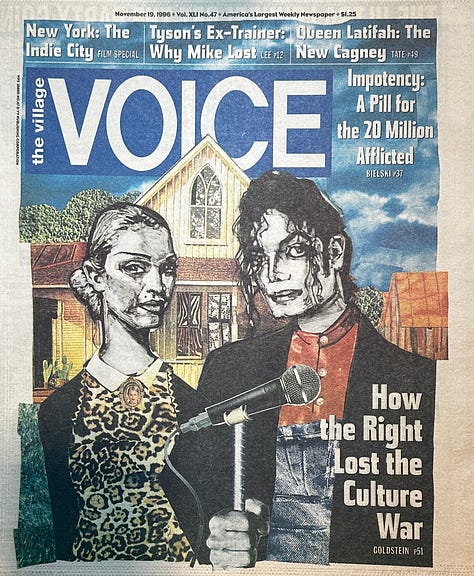
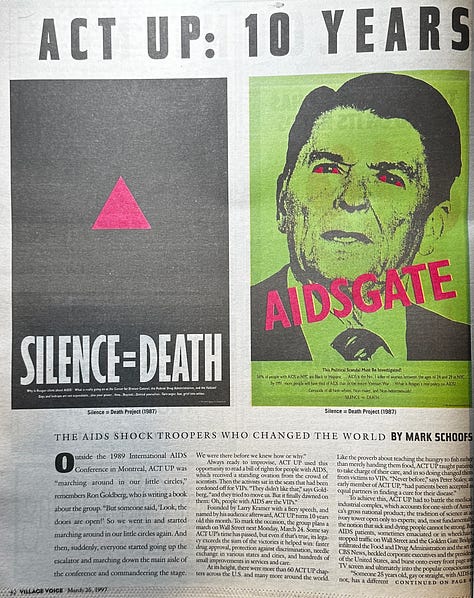
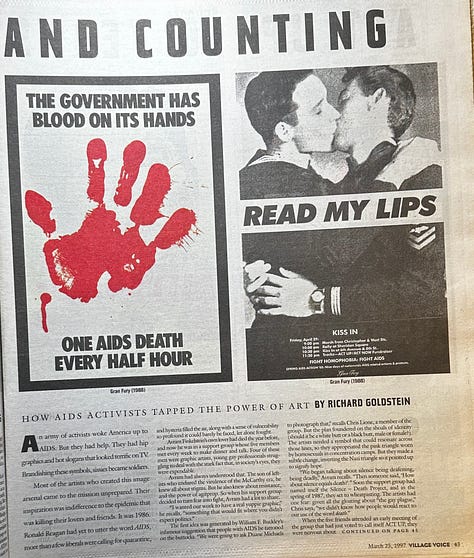


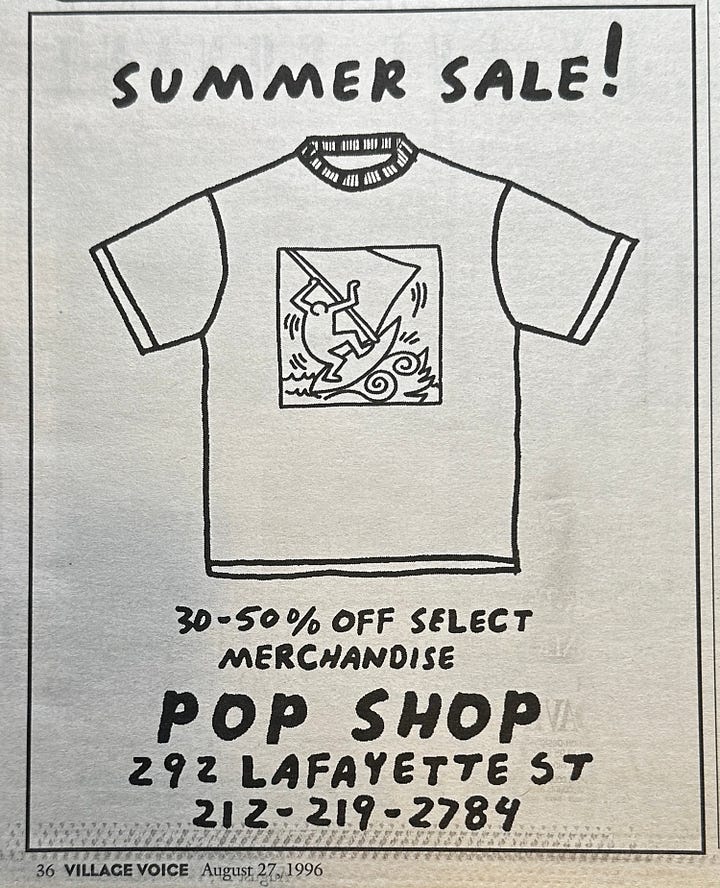
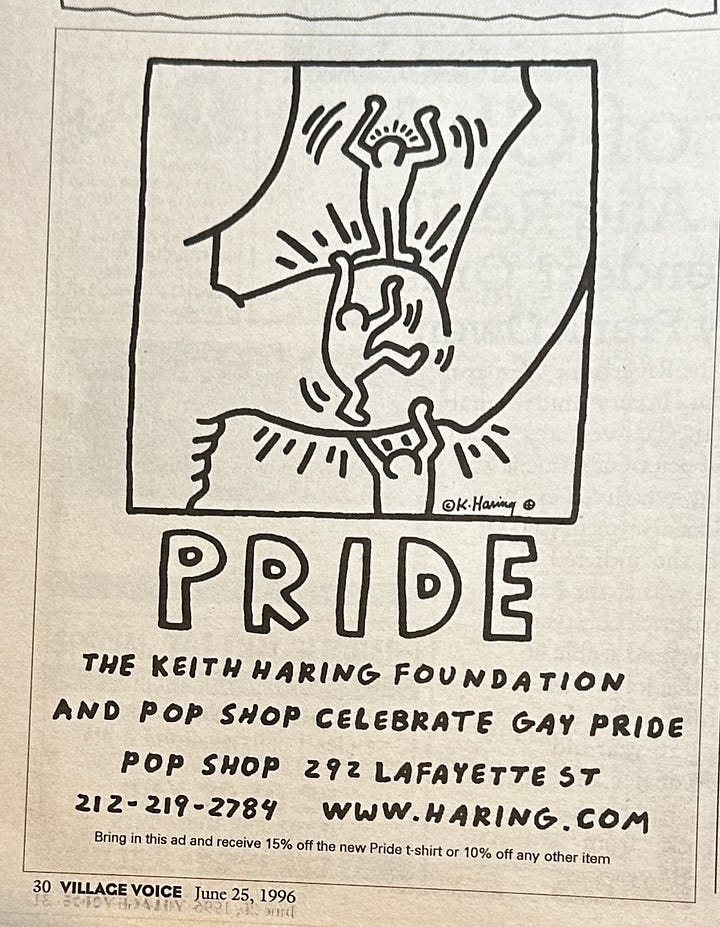
In Other News
My book, Queer Mythology, arrived to me! I can’t believe it is out in just about a month. I have two events scheduled so far, and will share a calendar once everything is solidified with these and a few other potential dates. If you have an idea for an event, in-person in New York or virtually anywhere, please let me know, I am happy to brainstorm something that works for your community.



